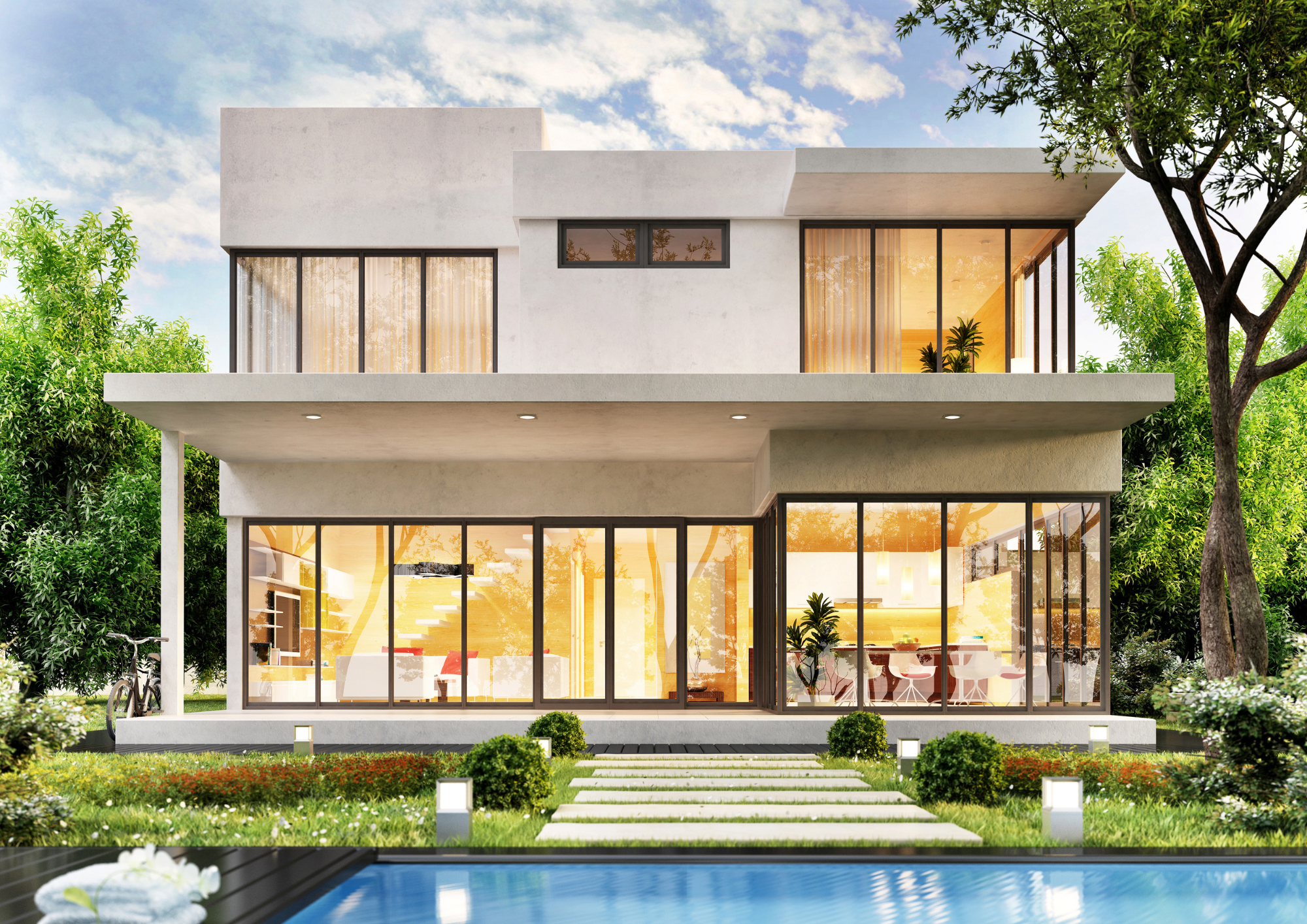In the realm of home renovation, wall panels stand as a testament to both aesthetic appeal and functional innovation. As designers, architects, and homeowners seek materials that marry style with sustainability, the quest for the perfect wall paneling solution becomes paramount. This comprehensive guide explores the vast world of lightweight wall panels, from the charm of stone and timber wall panels to the modern allure of 3D and fluted wall panels. Whether you're contemplating paneling ideas for interior design or exterior enhancements, understanding the materials at your disposal is key.
PVC (Plastic) Wall Panels: A Lightweight Contender
PVC, or plastic wall panels, are celebrated for their lightweight nature and ease of installation. Stick-on wall panels made from PVC offer a quick facelift to interiors, boasting an array of designs including textured and 3D options. However, the convenience of PVC comes with drawbacks. A significant concern is its lack of fire resistance, posing safety risks. Additionally, while PVC panels resist moisture, making them suitable for bathrooms and kitchens, their environmental impact and durability over time remain questionable.
MDF (Medium Density Fiberboard): Traditional Yet Limiting
MDF wall panels, crafted from wood fibers and resin, present a cost-effective solution for interior wall panelling. With versatility in designs, including timber and fluted options, MDF supports various paneling ideas for a customised look. Despite these advantages, MDF's downfall lies in its susceptibility to water damage, making it unsuitable for areas prone to moisture. The absence of fire rating further limits its application in safety-conscious environments.
The Revolutionary Mineral-Based Composite Panels
Amidst the quest for innovation, mineral-based composite materials emerge as the frontrunners in wall panelling. Roctex Textured Wall Panels exemplify this advancement, offering textured wall panels that are not only lightweight but also fire-rated and water-resistant. This blend of features makes them ideal for both interior and exterior installations across residential and commercial projects. The durability and safety of Roctex panels, combined with their environmental friendliness, position them as the superior choice for modern construction needs.
Benefits of Roctex Wall Panels:
- Fire Resistance and Safety: Roctex panels meet stringent safety standards, ensuring peace of mind for homeowners and project managers alike.
- Water Resistance: Unlike MDF, these panels withstand moisture, making them perfect for any area, indoors or out.
- Aesthetic Versatility: From stone to timber and pitted concrete looks, Roctex panels cater to diverse design preferences, enhancing any space with their rich textures and dimensional beauty.
- Sustainability: Emphasising eco-friendliness, Roctex panels support green building initiatives without compromising on performance.
Disadvantages of Traditional Materials:
- PVC Panels: Lack of fire resistance and environmental concerns.
- MDF Panels: Prone to water damage and lacks fire rating.
Conclusion: The Future of Wall Panelling
In the ever-evolving landscape of interior and exterior design, selecting the right wall panel material is crucial. While traditional options like PVC and MDF offer certain benefits, their limitations cannot be overlooked. Roctex Textured Wall Panels represent a leap forward, combining safety, durability, and aesthetic appeal. As we embrace the future of home renovation, the choice becomes clear: mineral-based composite panels not only meet the demands of modern design but also prioritise the well-being of our planet and its inhabitants.
